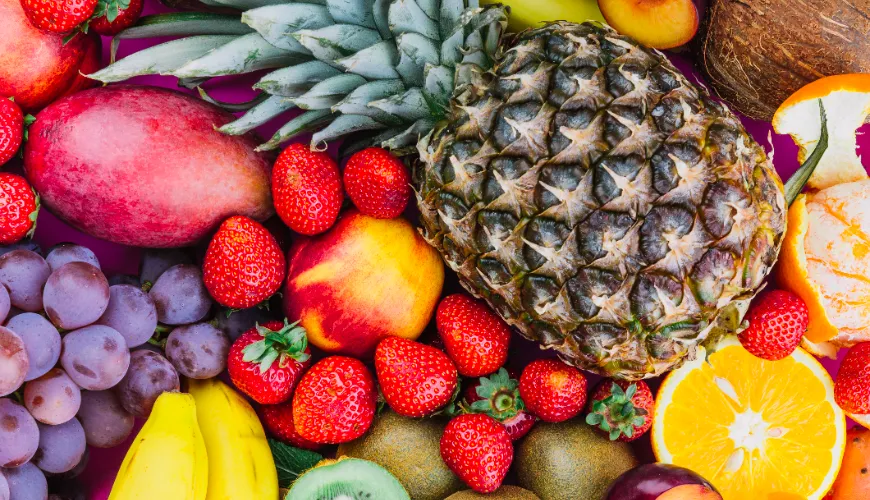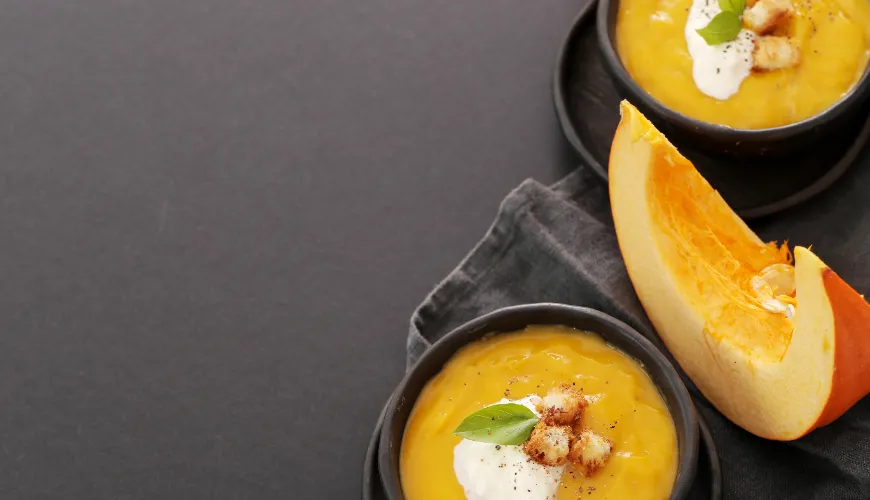
Fruits That Cause Blood Sugar Fluctuations in Diabetes

Inappropriate Fruit for Diabetes
Diabetes is a condition that significantly affects how our body processes sugars. People with diabetes must be particularly careful when choosing foods, including fruit. Although fruit is often considered an integral part of a healthy lifestyle, not all fruit is suitable for diabetics. What fruit should be included in the diet for diabetes and what should be avoided? Let's take a closer look.
How Does Diabetes Affect Sugar Processing from Fruits?
To understand why some types of fruit may be unsuitable for diabetes, it is necessary to recognize how the sugar metabolism functions in diabetics. People with diabetes have difficulty regulating blood sugar levels, often due to either insufficient insulin production or the body's inability to effectively use this hormone. Insulin is crucial for sugar to enter cells from the blood, where it is used as an energy source.
Fruit contains natural sugars, mainly fructose, which can quickly raise blood sugar levels. Therefore, diabetics need to choose fruits carefully and be aware of their glycemic index (GI), which indicates how quickly a particular food raises blood sugar levels.
What Lies Behind the Glycemic Index?
Unsuitable fruit for diabetes is that which has a higher glycemic index because it causes a rapid and sharp increase in blood sugar levels. The glycemic index ranges from 0 to 100 and categorizes foods based on how much they affect blood sugar levels. Fruits with a higher GI (above 70) are recommended to be consumed very sparingly or avoided altogether in diabetes. Fruits with a higher GI include bananas, grapes, watermelon, and pineapple.
Bananas, often considered a healthy snack, contain a relatively large amount of sugar, which can be a problem especially for people with uncontrolled diabetes. Similarly, grapes, while refreshing and tasty, tend to quickly raise blood sugar levels. The same applies to pineapple, which, although rich in vitamins, contains a significant amount of natural sugars and can cause undesirable fluctuations in blood sugar in diabetes.
Dried Fruit
When considering which fruit to eat with diabetes, dried fruit should also be mentioned. At first glance, dried fruit might seem like a healthier option than fresh fruit because it is natural and contains no added chemicals. However, during the drying process, sugar concentration occurs, making it unsuitable fruit for diabetes. For example, dried dates, figs, or raisins contain extremely high amounts of sugar and can dramatically affect blood sugar levels.
How Does Fruit Processing Affect Sugar Levels?
Not only the type of fruit but also its processing can play a crucial role. Fresh fruit has a different impact on blood sugar levels compared to fruit juices or canned fruit. Juices often lack fiber, which slows the absorption of sugars, leading to a faster rise in blood sugar levels. Canned fruit often contains added sugars and syrups, increasing its glycemic index.
Therefore, if you are considering what fruit to choose with diabetes, try to avoid processed options and prefer fresh, whole fruits. When you crave fruit, opt for a small amount of fresh fruit rather than juice, which contains a concentrated amount of sugar without the fiber to slow its absorption.
Try our natural products
Suitable Fruit Alternatives for Diabetes
Although there are many types of fruit unsuitable for diabetes, there are also those that can be part of a balanced diet for diabetics. These include berries, such as raspberries, blueberries, or blackberries. This fruit has a low glycemic index and contains less sugar, yet is rich in antioxidants and fiber.
Citrus fruits, like oranges and grapefruits, also have a lower glycemic index and can be a good choice for diabetics. However, it is important to watch the quantity and ideally combine fruit with proteins or fats, which help stabilize blood sugar levels. For instance, yogurt with a handful of blueberries can be a great snack for diabetics.
Try our natural products
How to Incorporate Fruit into a Diabetic's Diet?
When considering what fruit to eat with diabetes, it is always good to keep portion size and timing in mind. Fruit can be a healthy part of the diet, but it needs to be consumed in moderation. The ideal is to eat fruit during meals or after meals, when the body is better able to manage the rise in blood sugar due to other food components like proteins and fats.
It is also important to monitor your body's reactions. Every organism is different, and what may work for one diabetic may not work for another. Consulting with a doctor or nutrition expert is always the best way to ensure you include suitable foods and fruits in your diet.
Fruit is an important part of a healthy lifestyle, and even with diabetes, it is not necessary to completely exclude it. It is crucial to know what fruit to include in the diabetic diet and what to limit or completely avoid. Unsuitable fruit for diabetes, like bananas, grapes, or dried fruit, can cause a rapid rise in blood sugar levels. On the other hand, fruits with a low glycemic index, such as berries or citrus fruits, can be safely consumed in moderation.
Choosing fruit is a matter of balance and awareness, and once you master the basic principles of how sugar in fruit works, you will be able to effectively manage your diet while enjoying tasty and healthy fruits.


